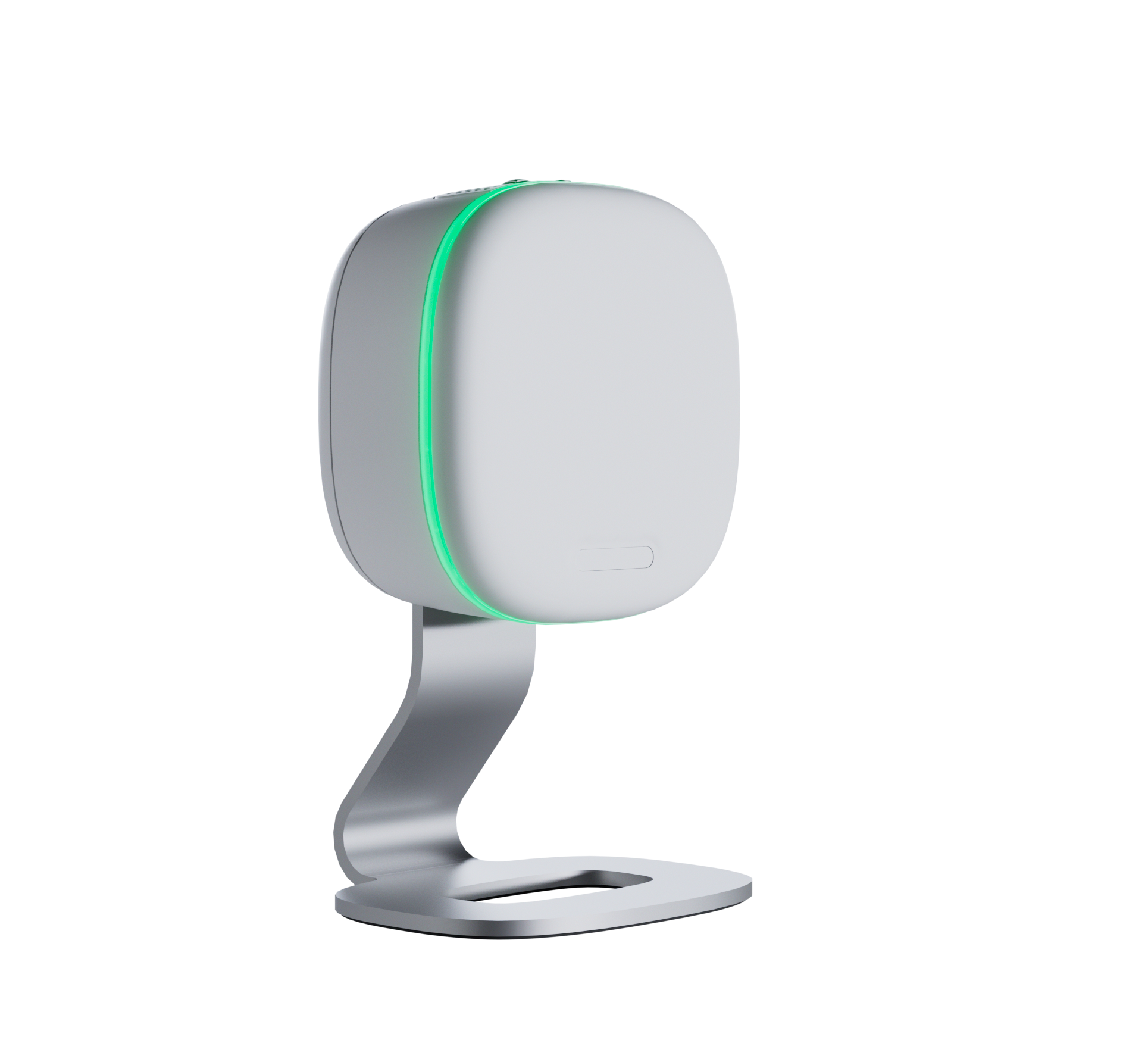Artificial intelligence is a useful tool that continues to find more and more applications, including at Vitalthings. – We have very strong expertise in artificial intelligence and use it when it is appropriate, says Ståle Toften, Lead Data Science and Research Scientist at Vitalthings.
It's important to have solid validation from professionals who understand both the clinical side and artificial intelligence.
Ståle Toften
Lead Research & Data Scientist
Vitalthings
We also develop both hardware and software from the ground up with optimal use of artificial intelligence in mind. In that way, we create the best conditions for leveraging AI, Toften explains. På den måten skaper vi de beste forutsetninger for utnyttelse av kunstig intelligens, utdyper Toften.
He says that Vitalthings involves clinicians and researchers closely in the development process to ensure that the algorithms actually learn the right relationships. Toften emphasizes the importance of validation from professionals who understand both the clinical aspects and artificial intelligence.
AI Algorithms Must Be Understood by Clinicians
– We use AI when the relationship between the data we measure and what we want to find out is unknown—for example, when scoring and identifying sleep from movement and breathing data. We also use it to discover patterns that are difficult to identify in large, noisy datasets, such as measuring heart rate from very subtle movements, he says.
Toften stresses that artificial intelligence also has its limitations. It requires large datasets to learn patterns, and it is crucial to be aware that the data the algorithms are trained on can introduce bias. Last but not least, it's important that the algorithm doesn't become a black box—clinicians must be able to understand what lies behind the predictions and be given functionality that supports their clinical workflows.
– Transparency and explainability are things we place great emphasis on. We always strive to show the data behind the predictions and try to illustrate how the algorithm has reasoned its way forward. That means being as open as possible about the methodology, and about the strengths and weaknesses that come with using this technology, says Toften.
Artificial Intelligence Opens Up a Range of Future Possibilities
Vitalthings therefore only uses artificial intelligence when it makes sense to do so.
– We don't use AI just for the sake of using AI. For example, we’ve developed the world’s most accurate algorithm for respiratory rate using contactless data—without artificial intelligence. This algorithm is not only extremely precise, but also highly robust, free from bias, and very explainable, says Toften.
Looking ahead, Vitalthings envisions using artificial intelligence to tackle a number of complex challenges, such as predicting disease progression, detecting agitation, and identifying sleep apnea, to name a few.
We use artificial intelligence when the relationship between the data we measure and what we want to find out is not known—for example, in scoring and identifying sleep from movement and breathing data.
Ståle Toften
Lead Research & Data Scientist

Curious about Vitalthings Guardian H10?
Vitalthings Guardian H10 is our latest contactless health monitor that measures respiratory rate and replaces manual check-ins. Want to know more? Get in touch!

